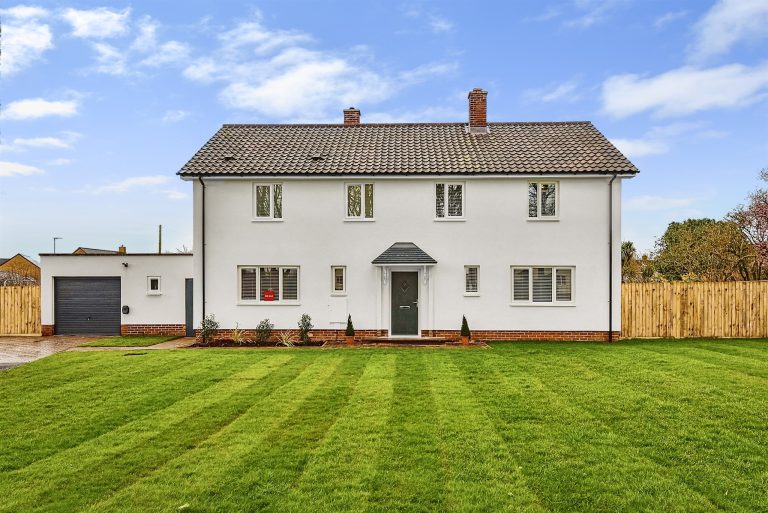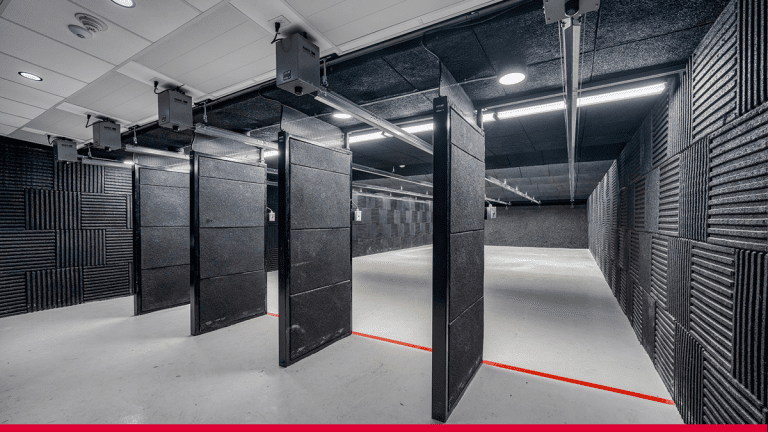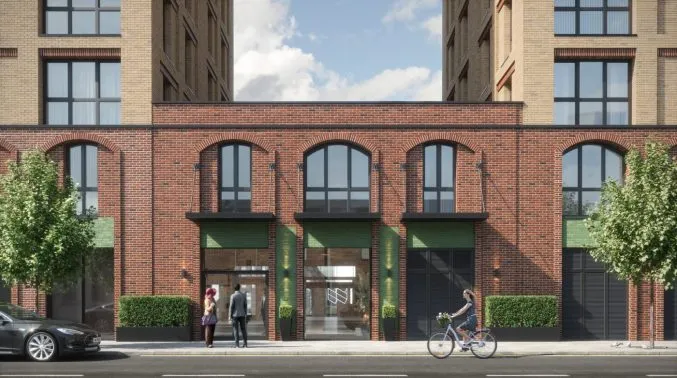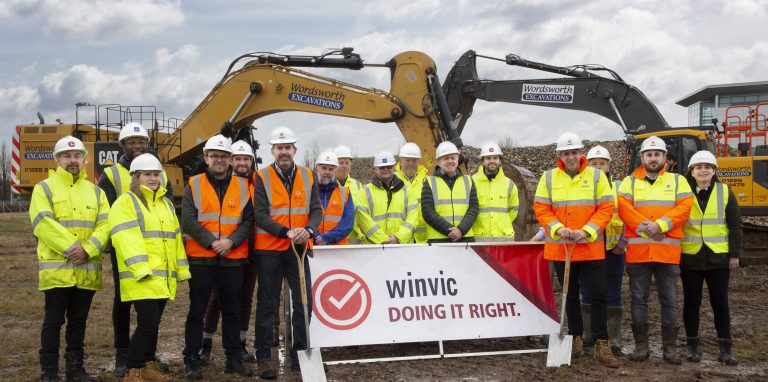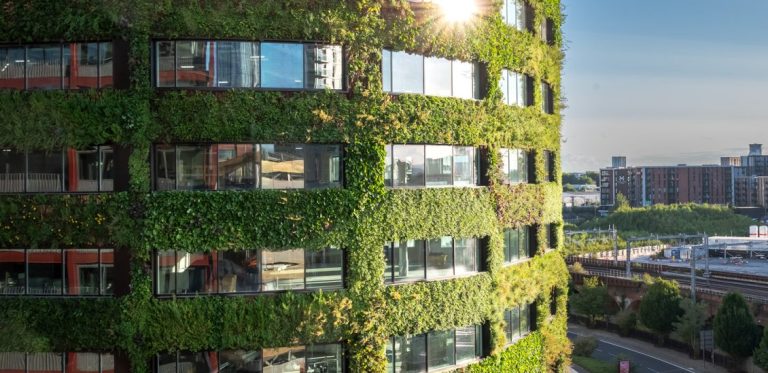You think hunting and shooting aren’t significant enough to play a big role? The US Fish and Wildlife Service has sold 600,000-700,000 hunting licenses in the last two years. Those hunters support a $1 billion statewide industry. Shooting sports and hunting hobbies often stir spirited debates around sustainability. You might wonder, how can we ensure these pastimes persist without putting undue pressure on our planet? Consider the potential of eco-friendly engineering in designing shooting ranges and hunting grounds. Integrating sustainable practices into these areas, you’re safeguarding wildlife and their habitats while also ensuring the longevity of these sports. So, what might these practices look like, and how can you contribute to their implementation? That’s what this article aims to discuss. Importance of Sustainability in Hunting Understanding the importance of sustainability in hunting is crucial, as it not only contributes to the preservation of wildlife populations and their habitats but also ensures the long-term health of ecosystems and maintains biodiversity. It’s about preserving both the game and the game’s home, promoting habitat restoration where necessary. Sustainable practices in hunting mean respecting wildlife and using natural resources responsibly. Think of yourself as a steward of the environment instead of a mere hunter. It’s about finding the balance between your passion for hunting and your responsibility towards nature. It’s part of a broader ethical approach that emphasizes respect and responsibility. Being mindful of sustainability in hunting helps ensure the continuation of hunting traditions while promoting environmental conservation. As we embrace the ethos of sustainability in hunting and shooting sports, it’s equally important to consider the equipment we use. Choosing the right ammunition, such as 16 gauge shotgun ammo, plays a crucial role in ensuring a responsible and ethical approach to wildlife management. By selecting appropriate and high-quality ammunition, hunters can minimize their environmental impact while supporting sustainable hunting practices.It’s about passing down the tradition of hunting the right way. It’s about teaching the next generation that there’s a right and a wrong way to hunt. Sustainability in hunting leads to a more balanced and harmonious relationship between humans and nature. It’s about ensuring that our activities today won’t compromise the ability of future generations to enjoy the same opportunities we’ve now. Conservation Strategies for Wildlife Management As you embrace the ethos of sustainability in hunting, you’ll find that wildlife management’s conservation strategies play a pivotal role in maintaining ecological balance and promoting biodiversity. Careful management ensures the health and well-being of various species, while also preserving their habitats. Technology Integration for Sustainable Practices To make shooting ranges and hunting grounds more sustainable, you need to integrate advanced technologies into their design and operation. Embracing energy efficient lighting is a game-changing move. It reduces power consumption, cuts down on costs…what’s not to love. Besides, it’s a win for the environment, contributing to reduced emissions and a smaller carbon footprint. Apart from these, the integration of reloading brass into shooting and hunting activities offers a significant stride towards resource conservation. Promoting the reuse of shell casings reduces waste and fosters a culture of resourcefulness and environmental responsibility among enthusiasts. Incorporating educational programs on reloading brass could serve as a catalyst for widespread adoption of this practice. Community Engagement in Sustainable Hunting Don’t neglect the effect of engaging the local community, involving them in decision-making processes for the development and management of shooting ranges and hunting grounds. To do this effectively, consider the following: Ethics and Environmental Stewardship in Hunting Hunting, when conducted ethically and with a focus on environmental stewardship, plays an integral role in preserving wildlife populations and maintaining ecosystem balance. You, as a hunter, must understand the importance of hunting ethics and the role it plays in fostering sustainability. Ethical hunting practices involve respecting wildlife, ensuring humane kills, and minimizing suffering. It’s about taking only what’s necessary and always aiming for a clean, quick kill. It also means not taking more than your fair share, leaving younger animals and females to ensure the population’s stability. Environmental stewardship in hunting goes beyond the act itself. It encompasses safeguarding the habitats, protecting biodiversity, and managing resources sustainably. As a hunter, your responsibility extends to the conservation of the very environment that supports the wildlife you pursue. Hunting ethics and environmental stewardship are two sides of the same coin. When practiced together, they promote a harmonious relationship between humans and nature, fostering a sense of responsibility towards the environment. This can contribute to the long-term health and sustainability of ecosystems and wildlife populations. Embrace these practices and become part of the solution towards sustainable hunting. Building Resilient Hunting Environments Building resilient hunting environments demands your active involvement in implementing sustainable land management techniques, designing eco-friendly shooting ranges, and incorporating resource conservation strategies. Your role in habitat restoration matters, and it’s important to recognize how these practices contribute to a sustainable future. Conclusion You’ve taken a significant step in embracing sustainability in hunting and shooting ranges. Remember, according to a study by Michigan United Conservation Club, hunting supports 171.000 jobs annually in Michigan alone. Your effort to integrate sustainable practices not only supports job growth, but also wildlife conservation and environmental stewardship. You’re part of the solution, fostering a hunting culture that respects tradition and the environment, while utilizing technology for responsible wildlife management. Keep pushing forward, creating resilient, sustainable hunting environments.





